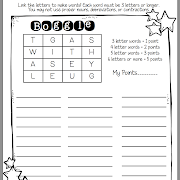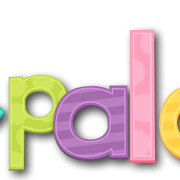Habitats One Sheet Wonder
In my district, the focus on science and social studies has taken a back seat to reading and math. Like so far back that it's basically not even in the car anymore. The pendulum has swung SO far over to that side that it's really hard to cope. I miss teaching science and social ...






























